If you’ve ever thought, “I want to get into content writing, but I’m not sure where to start,” you’re not alone.
Table of Contents
Content writing isn’t just about blog posts. It includes everything from social media captions to technical guides, ad copies, and even video scripts. The best part? There’s a type of content writing for every skill set and interest.
So, whether you want to write catchy headlines, informative articles, or persuasive emails, understanding the different types of content writing is the first step.
Let’s break them down, see what makes each one unique, and figure out which one suits you best.
What is Content Writing?
Content writing is the skill of turning words into stories, ideas, and messages that grab attention, share knowledge, and inspire action. It’s not just about writing words; it’s about building a bond between the writer and the reader. A blog post can make people curious. A product description can make them want to buy. A social media post can make them feel connected. Content writing brings ideas to life. It mixes creativity and planning. It uses the right tone, style, and purpose to keep readers interested and leave an impact.
A good content writer is like a storyteller. They turn simple thoughts into engaging stories that teach, entertain, or convince. In a world full of information, content writing helps readers find what’s important. It’s not just writing—it’s creating a meaningful experience, one word at a time.
Importance of Content Writing
Picture a world without words—no blogs, no ads, no stories. It would feel empty, right? Content writing is the backbone of how businesses talk to people online. It’s what turns a quick glance into a lasting connection. From websites to social media posts, good content pulls people in and keeps them coming back.
Great content does more than just sell. It teaches, entertains, and builds trust. A simple blog can make a brand feel like a friend. A well-written article can show a company as an expert in its field. And when content is optimized for search engines, it brings more eyes to the page.
But it’s not just about business. Content writing tells stories, starts conversations, and helps people make choices. In a world where everyone is busy and distracted, strong content stands out. It’s not just nice to have—it’s a must. Whether you’re sharing ideas, selling something, or building a brand, the right words can change everything.
Types of Content Writing Every Marketer Should Master
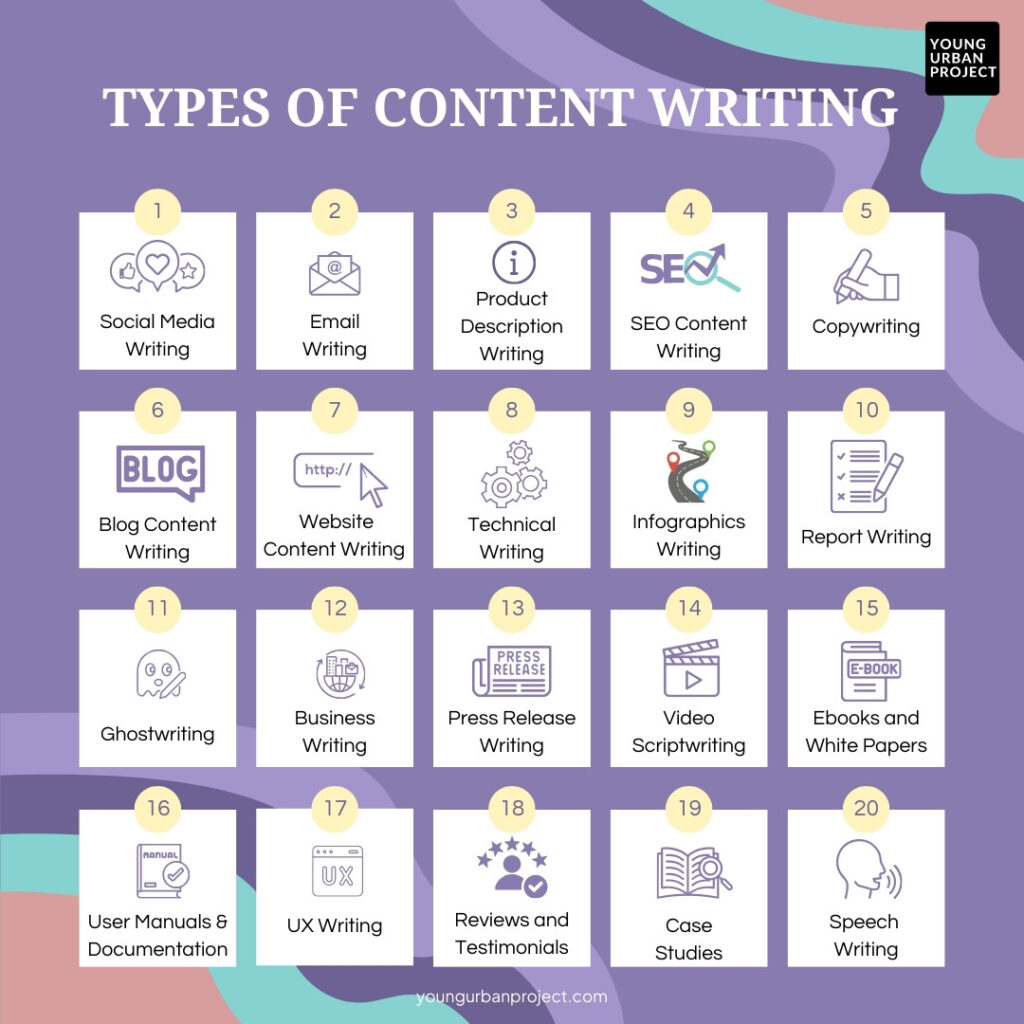
1. Social Media Writing
Social media writing is creating posts for platforms like Facebook, Instagram, Twitter, and LinkedIn. It’s short, engaging, and meant to grab attention quickly.
What it involves:
- Writing captions, hashtags, and short updates.
- Using visuals like images or videos to support the text.
- Tailoring content to fit the platform’s tone (casual for Instagram, professional for LinkedIn).
Example: A tweet like “Boost your productivity with these 5 simple hacks! 🚀 #LifeTips #WorkSmart” is short and catchy.
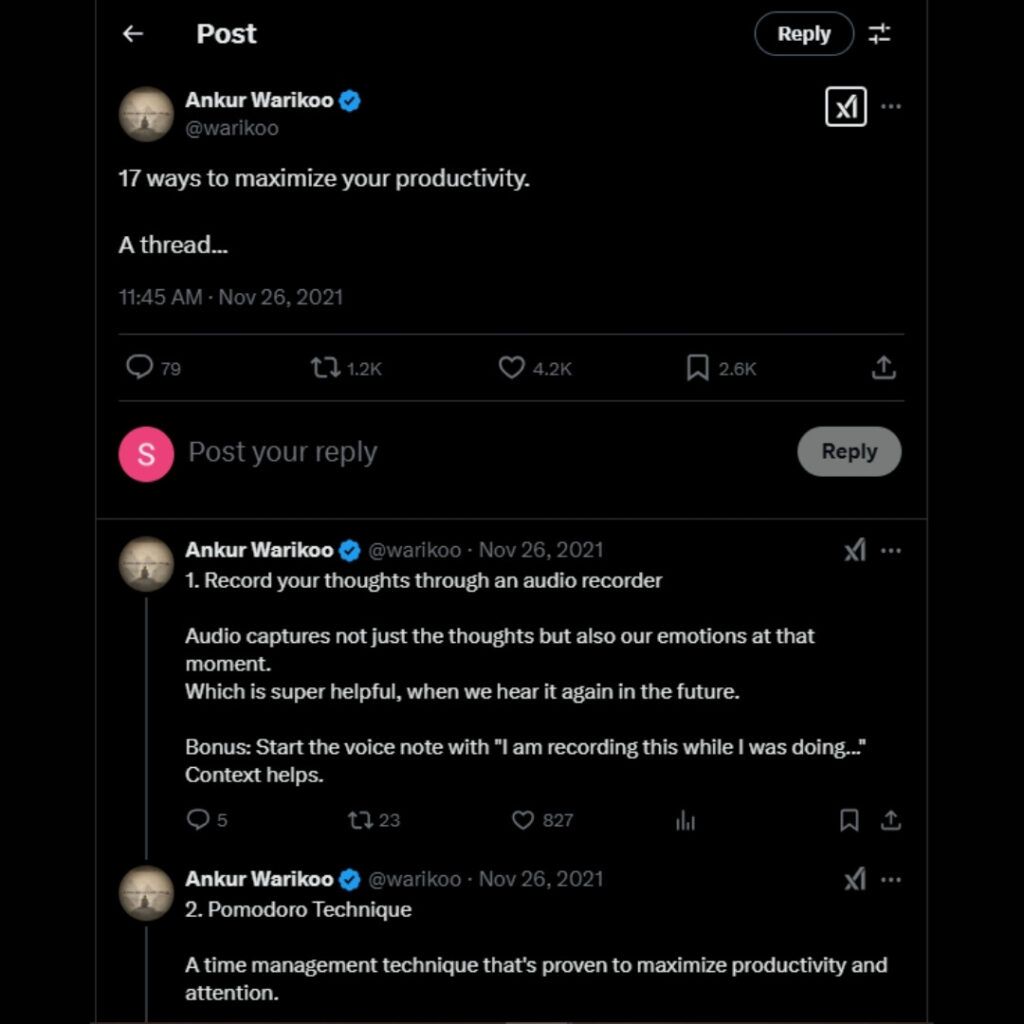
Tips:
- Keep it concise; social media users scroll fast.
- Use emojis or questions to make it interactive.
- Post consistently to stay relevant.
Also Read: Scope of Social Media Marketing: Career Opportunities and Future
2. Email Writing
Email writing is crafting messages to communicate with customers, clients, or subscribers. It can be promotional, informational, or transactional.
What it involves:
- Writing subject lines that grab attention.
- Keeping the body clear and actionable.
- Adding a call-to-action (CTA) like “Click here” or “Reply now.”
Example: A subject line like “Don’t miss our 50% sale – ends tonight!” is direct and urgent.
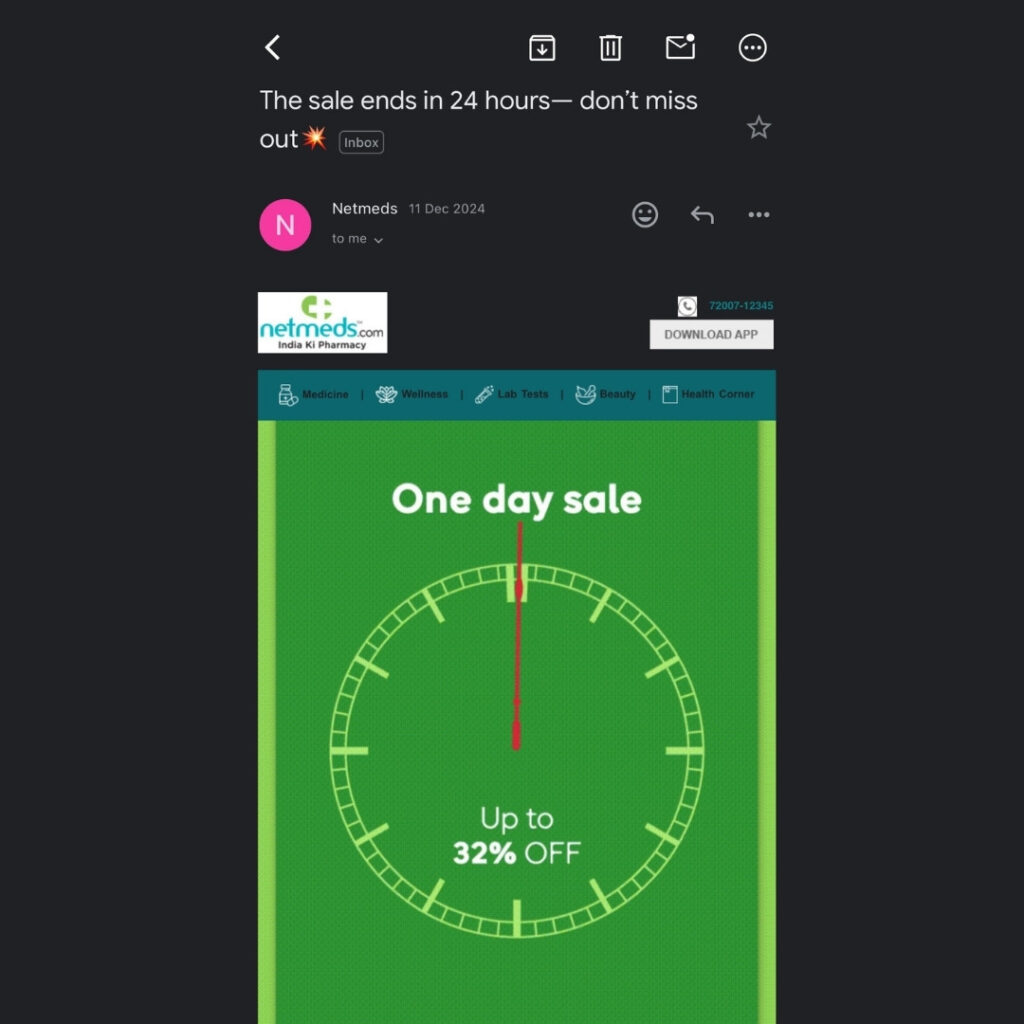
Tips:
- Personalize emails with the recipient’s name.
- Keep paragraphs short for easy reading.
- Test different subject lines to see what works best.
Also read: Email Newsletter Format
3. Product Description Writing
Product description writing is about explaining what a product is and why someone should buy it. It’s used on e-commerce sites like Amazon or Shopify.
What it involves:
- Highlighting key features and benefits.
- Using persuasive language to convince buyers.
- Adding details like size, color, or materials.
Example: “This lightweight, waterproof jacket is perfect for hiking. Stay dry and comfortable on any adventure!”

Tips:
- Focus on how the product solves a problem.
- Use bullet points for easy scanning.
- Include keywords for better search visibility.
4. SEO Content Writing
SEO content writing is creating content that ranks high on search engines like Google. It involves using keywords naturally to attract organic traffic.
What it involves:
- Researching keywords people search for.
- Writing articles, blogs, or web pages around those keywords.
- Ensuring the content is valuable and easy to read.
Example: A blog titled “10 Best Running Shoes for Beginners in 2024” targets specific keywords.
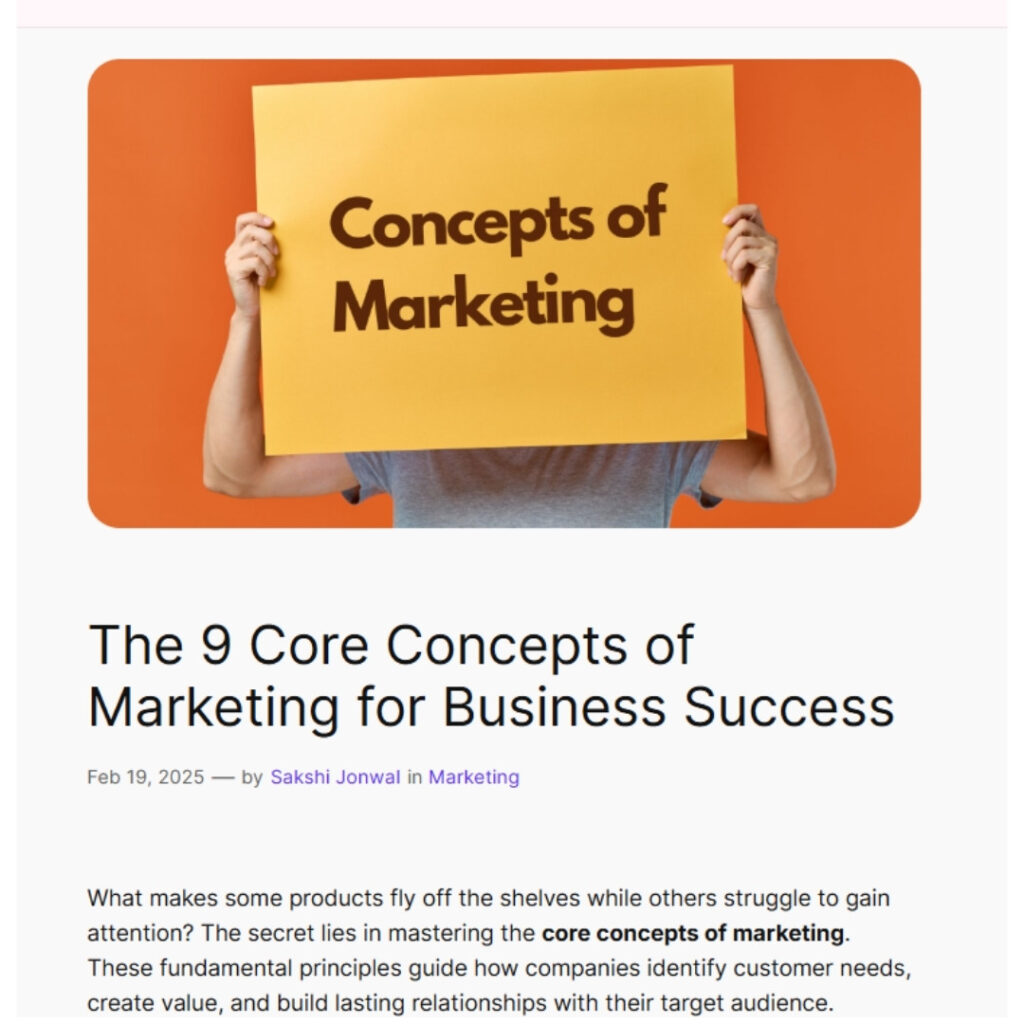
Tips:
- Use keywords in headings, subheadings, and the first paragraph.
- Write for humans first, search engines second.
- Update old content to keep it relevant.
5. Copywriting
Copywriting is writing persuasive content to sell a product, service, or idea. It’s used in ads, landing pages, and sales pitches.
What it involves:
- Creating headlines that grab attention.
- Writing clear, compelling messages.
- Using emotional triggers to persuade readers.
Example: A landing page headline like “Get Glowing Skin in Just 7 Days – Try Our Best-Selling Serum!” is persuasive.
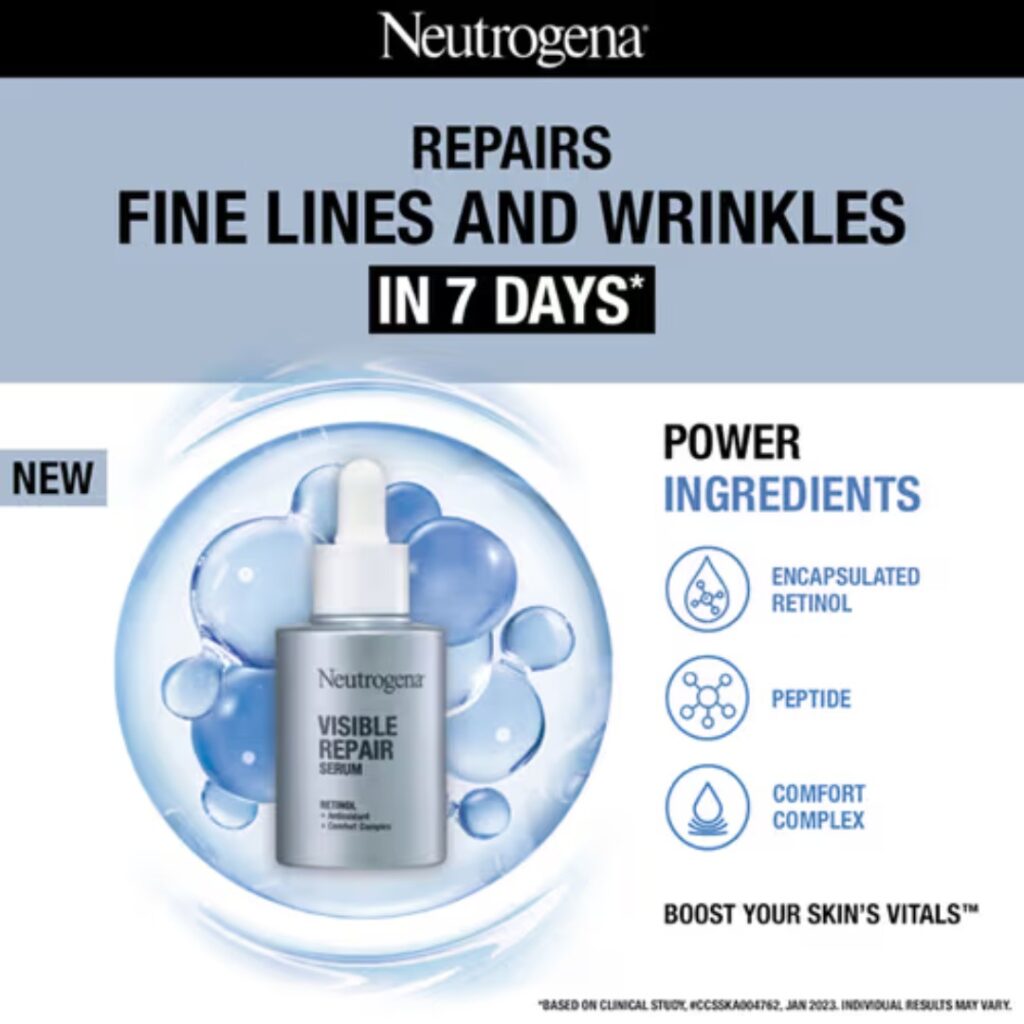
Tips:
- Focus on benefits, not just features.
- Use power words like “free,” “proven,” or “instant.”
- Test different versions to see what converts best.
6. Blog Content Writing
Blog content writing is creating articles or posts for websites. It’s informative, engaging, and often used to drive traffic or build authority.
What it involves:
- Choosing topics that interest your audience.
- Writing in a conversational tone.
- Adding visuals, links, and CTAs to keep readers engaged.
Example: A blog titled “How to Start a Garden in Small Spaces” provides step-by-step guidance.
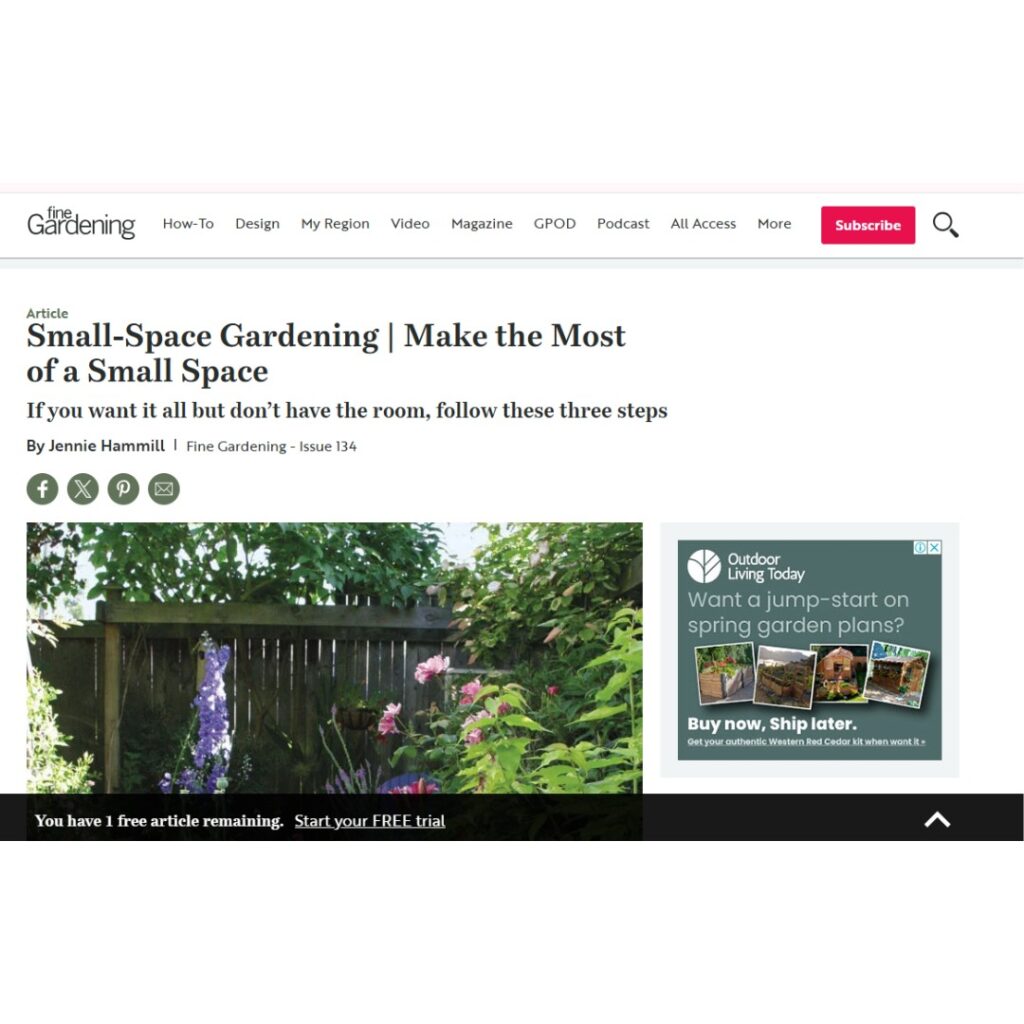
Tips:
- Use headings and subheadings to break up text.
- Include examples or personal stories to make it relatable.
- Update blogs regularly to keep them fresh.
Also read: How to Write an Amazing Blog
7. Website Content Writing
Website content writing involves creating text for websites, including homepages, about pages, and service pages. It’s designed to inform visitors and encourage them to take action.
What it involves:
- Writing clear, concise, and engaging content for each page.
- Highlighting the brand’s value and offerings.
- Including CTAs like “Sign Up” or “Contact Us.”
Example: A homepage headline like “Transform Your Business with Our Expert Solutions” is direct and impactful.

Tips:
- Keep sentences short and easy to read.
- Use bullet points to list key features or benefits.
- Ensure the tone matches the brand’s identity.
8. Technical Writing
Technical writing is creating detailed, clear, and accurate content about complex topics. It’s often used for manuals, guides, or software documentation.
What it involves:
- Breaking down complex information into simple steps.
- Using diagrams, charts, or screenshots for clarity.
- Writing in a neutral, professional tone.
Example: A user guide titled “How to Set Up Your Smart Home Device” provides step-by-step instructions.
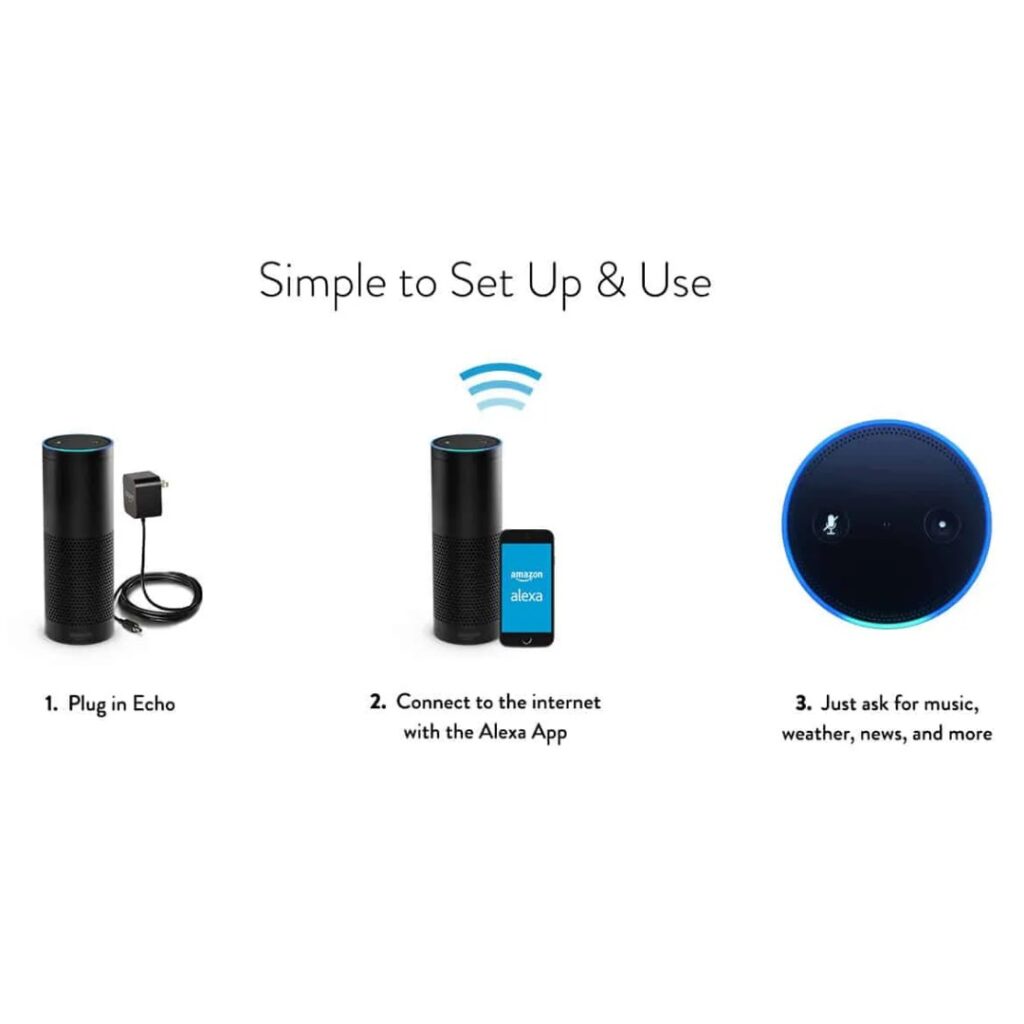
Tips:
- Avoid jargon unless your audience understands it.
- Use headings and subheadings to organize content.
- Test the instructions to ensure they’re accurate.
9. Infographics Writing
Infographics writing is creating text that accompanies visual data. It’s used to make complex information easy to understand at a glance.
What it involves:
- Writing short, impactful text to explain visuals.
- Using statistics, facts, or quotes to support the data.
- Ensuring the text complements the design.
Example: An infographic titled “The Benefits of Drinking Water” might include stats like “75% of people are chronically dehydrated.”
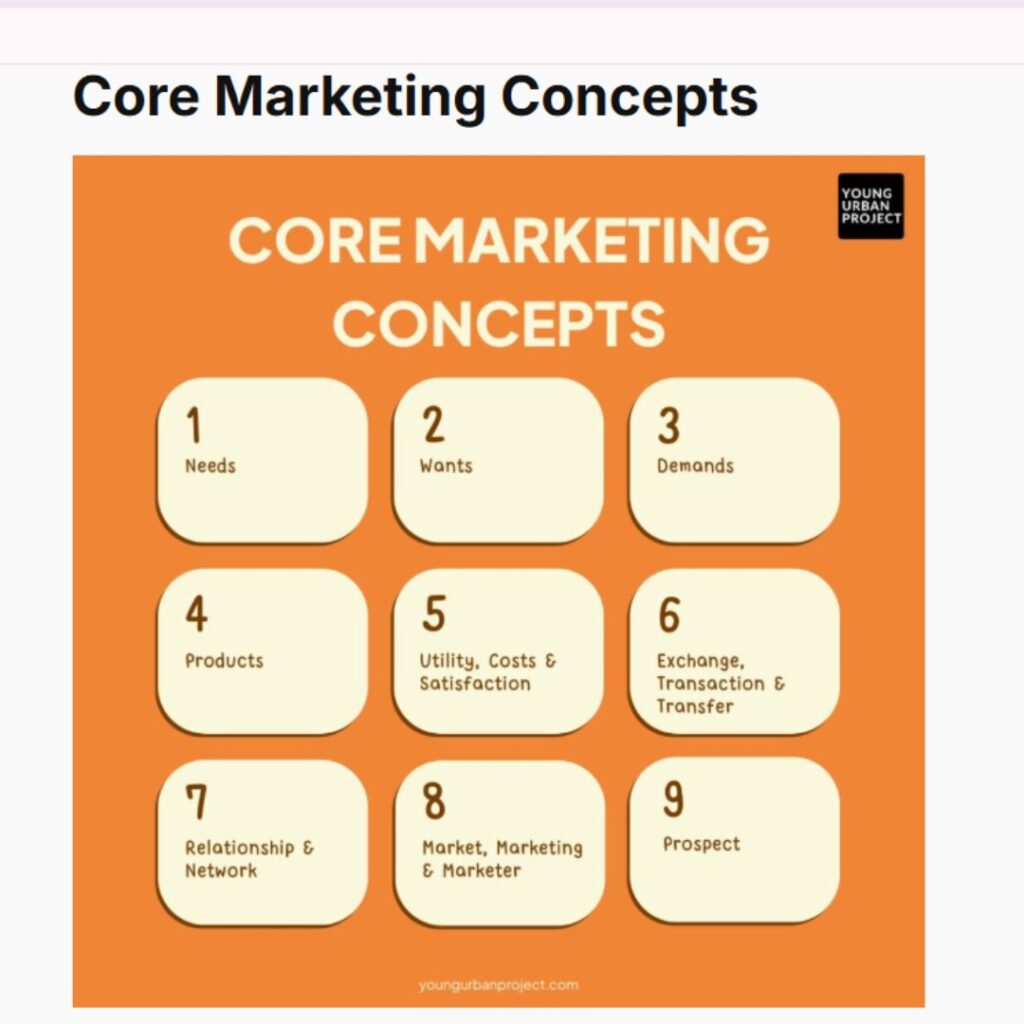
Tips:
- Keep text brief and to the point.
- Use bold or colorful fonts to highlight key points.
- Collaborate with designers to ensure visuals and text work together.
10. Report Writing
Report writing is creating structured documents that present data, analysis, or findings. It’s often used in business, academics, or research.
What it involves:
- Organizing information into sections like introduction, findings, and conclusion.
- Using charts, graphs, or tables to present data.
- Writing in a formal, objective tone.
Example: A business report titled “Q4 Sales Performance Analysis” includes data on revenue, growth, and challenges.

Tips:
- Use headings and subheadings for easy navigation.
- Summarize key points in an executive summary.
- Proofread for accuracy and clarity.
11. Ghostwriting
Ghostwriting is writing content on behalf of someone else, who is credited as the author. It’s common for books, articles, or speeches.
What it involves:
- Capturing the voice and style of the credited author.
- Researching the topic thoroughly.
- Ensuring the content aligns with the author’s goals.
Example: A CEO’s LinkedIn post about leadership might be written by a ghostwriter but posted under their name.

Tips:
- Interview the credited author to understand their perspective.
- Match their tone and vocabulary.
- Maintain confidentiality about your role.
12. Business Writing
Business writing is creating professional content for internal or external communication. It includes emails, memos, proposals, and reports.
What it involves:
- Writing clearly and concisely to convey information.
- Using a formal tone for professional settings.
- Structuring content logically for easy understanding.
Example: A business proposal titled “Expanding into New Markets: A Strategic Plan” outlines goals, strategies, and budgets.

Tips:
- Avoid unnecessary jargon or fluff.
- Use bullet points or numbered lists for clarity.
- Proofread for grammar and tone.
13. Press Release Writing
Press release writing involves creating announcements for the media to share news about a company, product, or event. It’s formal, concise, and designed to attract media attention.
What it involves:
- Writing a compelling headline and subheadline.
- Including the “5 Ws” (who, what, when, where, why) in the opening paragraph.
- Adding quotes from key stakeholders and a call-to-action (CTA) for further information.
Example: A press release titled “XYZ Company Launches Innovative Solar-Powered Charger to Revolutionize Green Energy” announces a new product launch.
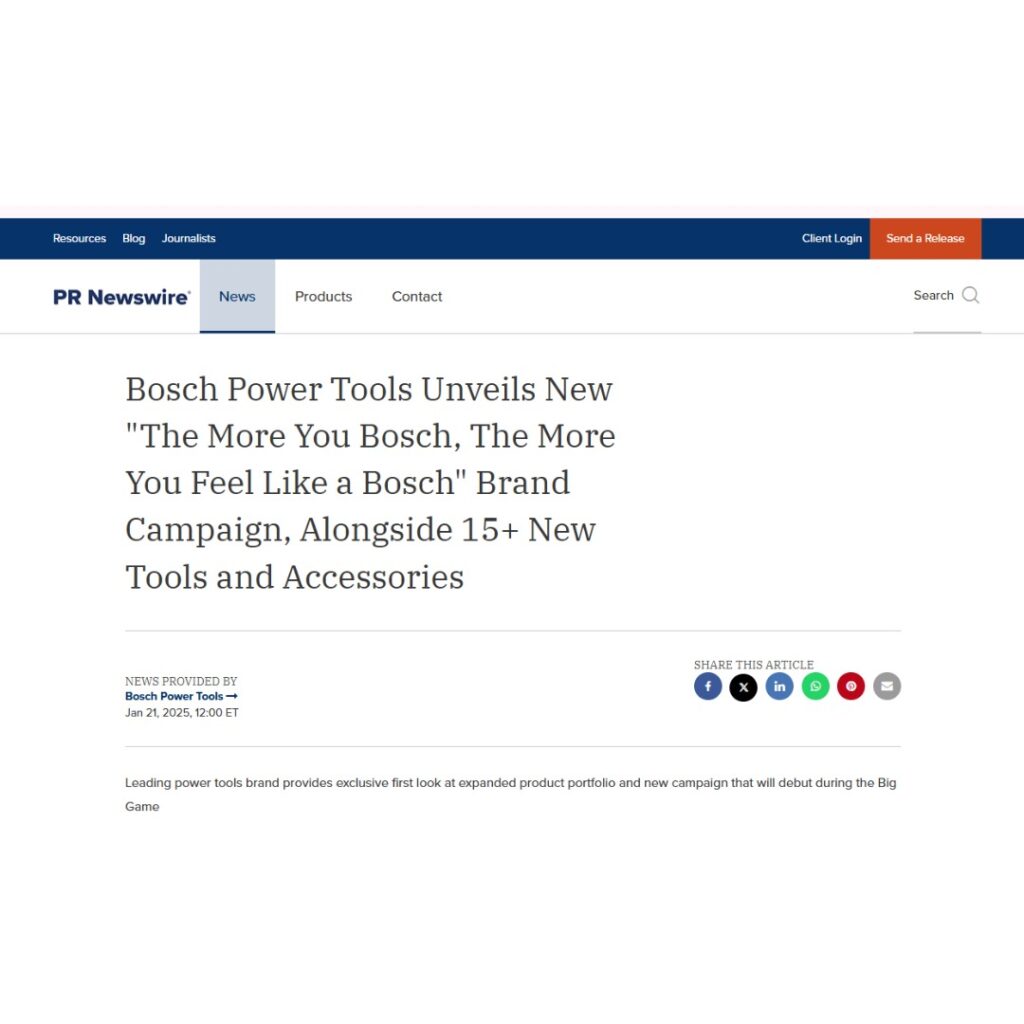
Tips:
- Keep it factual and avoid exaggeration.
- Use a professional tone and format.
- Include contact information for media inquiries.
14. Video Scriptwriting
Video scriptwriting is creating scripts for videos, such as commercials, tutorials, or social media content. It combines visuals, dialogue, and actions to tell a story or convey a message.
What it involves:
- Writing dialogue, voiceovers, and scene descriptions.
- Timing the script to match the video’s length.
- Ensuring the tone aligns with the video’s purpose (e.g., educational, entertaining, promotional).
Example: A script for a product demo video might include lines like, “Introducing the all-new SmartWatch 3000 – your fitness companion for a healthier lifestyle.”

Tips:
- Write for the ear, not the eye – keep sentences conversational.
- Use visuals to complement the script, not replace it.
- Test the script by reading it aloud to ensure it flows naturally.
15. Ebooks and White Papers
Ebooks and white papers are long-form content pieces used to educate, inform, or persuade an audience. Ebooks are often more casual, while white papers are formal and data-driven.
What it involves:
- Researching and organizing in-depth information on a topic.
- Writing in a structured format with chapters or sections.
- Including visuals, charts, or case studies to support the content.
Example: An ebook titled “The Ultimate Guide to Digital Marketing for Small Businesses” provides actionable tips and strategies.
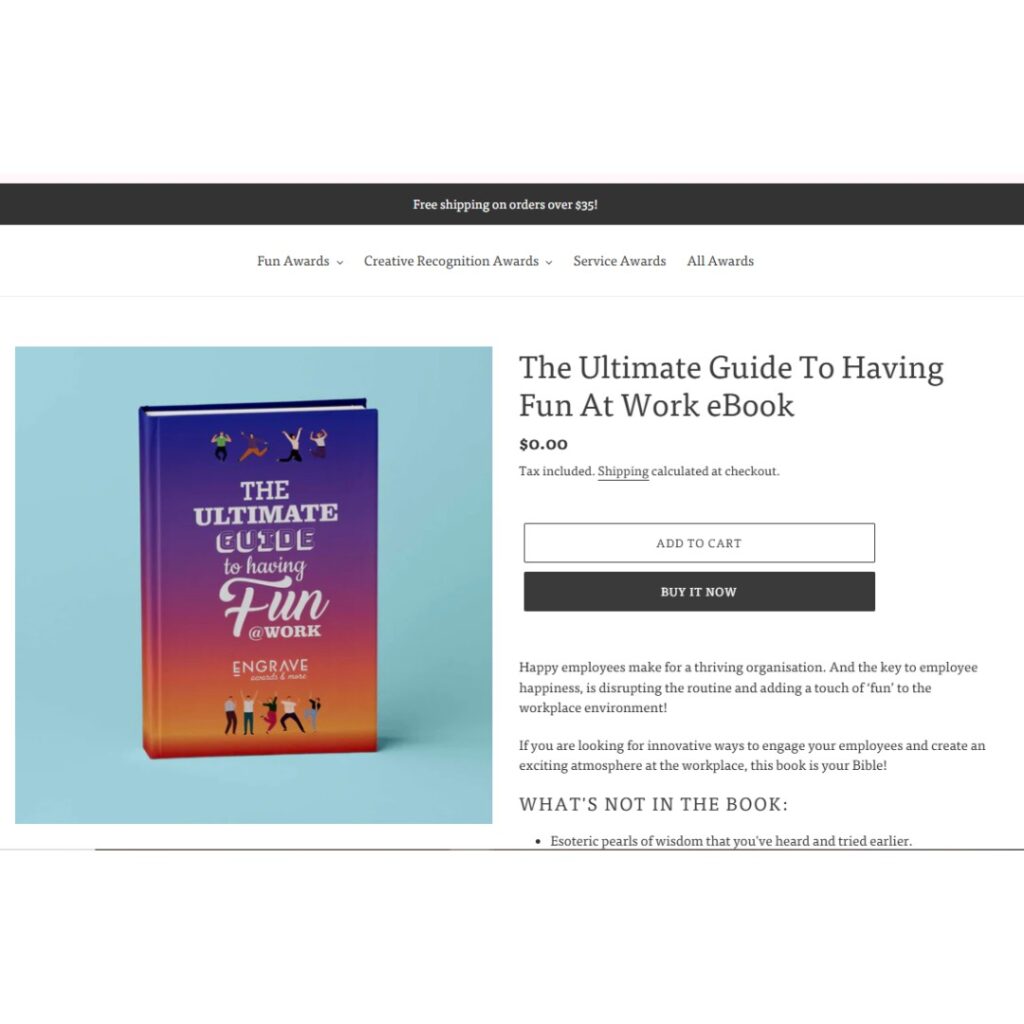
Tips:
- Start with an outline to organize your thoughts.
- Use a mix of text and visuals to keep readers engaged.
- Include a strong CTA at the end, such as “Download Now” or “Contact Us for More Information.”
16. User Manuals and Documentation
User manuals and documentation provide instructions for using a product or service. They are clear, concise, and often include visuals like diagrams or screenshots.
What it involves:
- Breaking down complex processes into simple steps.
- Using numbered lists, bullet points, and visuals for clarity.
- Writing in a neutral, instructional tone.
Example: A user manual for a coffee maker might include steps like, “1. Fill the water reservoir. 2. Insert the coffee filter. 3. Press the ‘Brew’ button.”
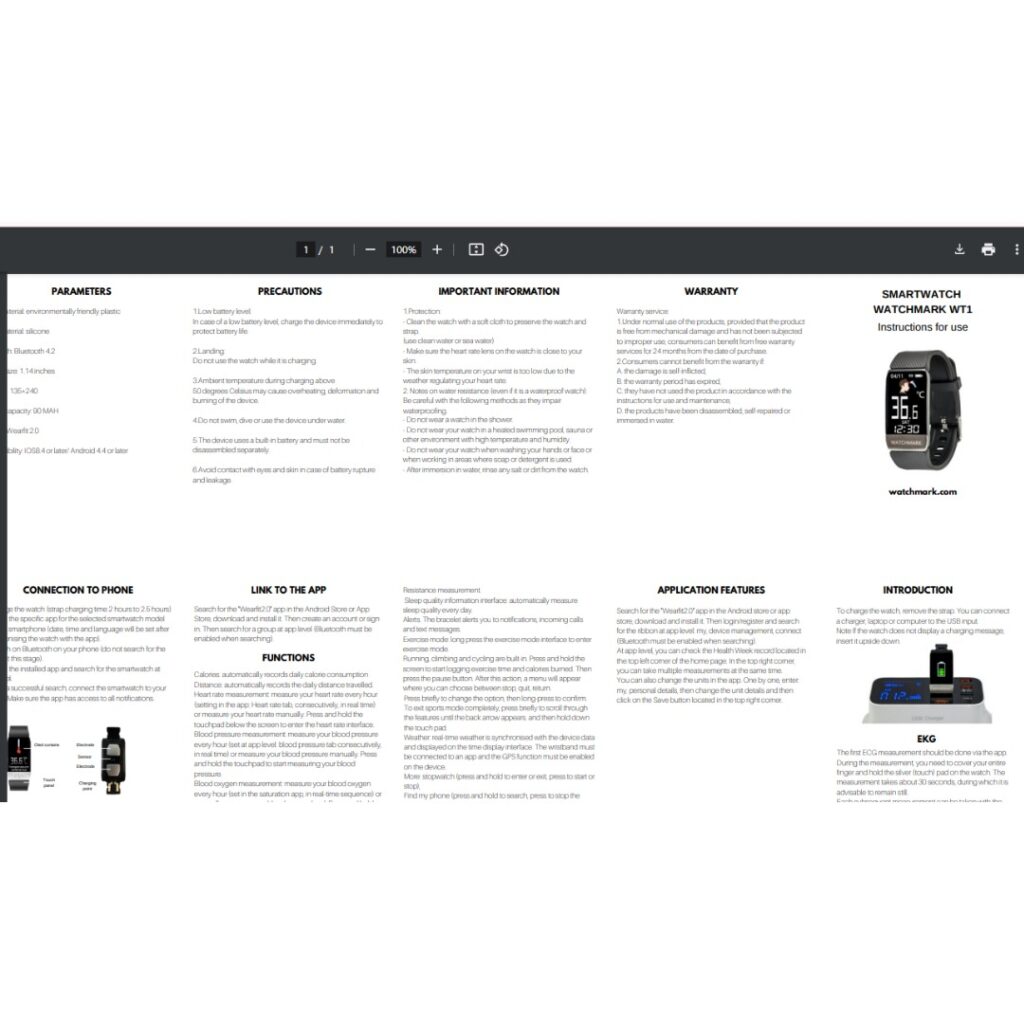
Tips:
- Test the instructions to ensure they’re accurate and easy to follow.
- Use consistent terminology throughout.
- Include troubleshooting tips for common issues.
17. UX Writing
- Writing microcopy like button labels, error messages, or tooltips.
- Ensuring the text aligns with the brand’s voice and tone.
- Making the interface intuitive and easy to navigate.
UX writing focuses on creating text for user interfaces, such as apps, websites, or software. It’s concise, user-friendly, and guides users through their experience.
What it involves:
Example: A button label like “Get Started” or an error message like “Oops! Please enter a valid email address.”
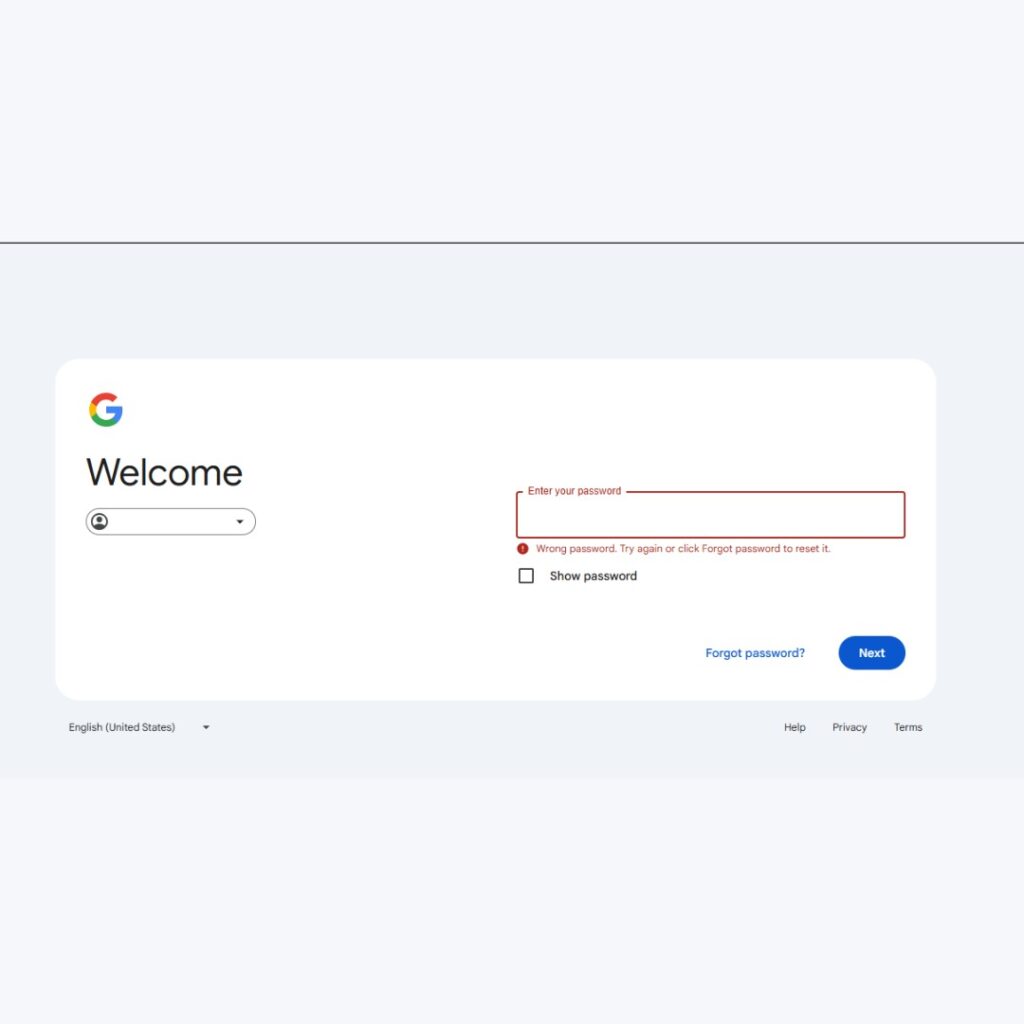
Tips:
- Keep text short and actionable.
- Use language that’s familiar to the target audience.
- Test the copy with real users to ensure clarity.
18. Reviews and Testimonials
Reviews and testimonials are written feedback from customers about a product, service, or experience. They build trust and credibility for a brand.
What it involves:
- Highlighting the customer’s experience and results.
- Using specific details to make the review authentic.
- Including a mix of positive and constructive feedback (if applicable).
Example: A testimonial like, “This skincare product cleared my acne in just two weeks – I’ve never felt more confident!”

Tips:
- Ask customers for specific details about their experience.
- Use quotes to make the review relatable.
- Showcase reviews prominently on your website or social media.
19. Case Studies
Case studies are detailed analyses of how a product or service solved a specific problem for a customer. They combine storytelling with data to demonstrate value.
What it involves:
- Outlining the customer’s challenge, solution, and results.
- Using data, quotes, and visuals to support the story.
- Writing in a structured format with a clear beginning, middle, and end.
Example: A case study titled “How Company X Increased Sales by 200% with Our Marketing Strategy” includes metrics and customer quotes.

Tips:
- Focus on the customer’s journey, not just the product.
- Use visuals like charts or before-and-after comparisons.
- End with a strong CTA, such as “Learn how we can help your business.”
20. Speech Writing
Speech writing involves crafting spoken content for speeches, presentations, or public addresses. It’s designed to be engaging, persuasive, and impactful.
What it involves:
- Structuring the speech with a strong opening, body, and conclusion.
- Using rhetorical devices like repetition, storytelling, and questions.
- Adapting the tone and language to suit the audience and occasion.
Example:
A keynote speech at a business conference might start with, “In today’s fast-changing world, innovation is no longer an option—it’s a necessity.”
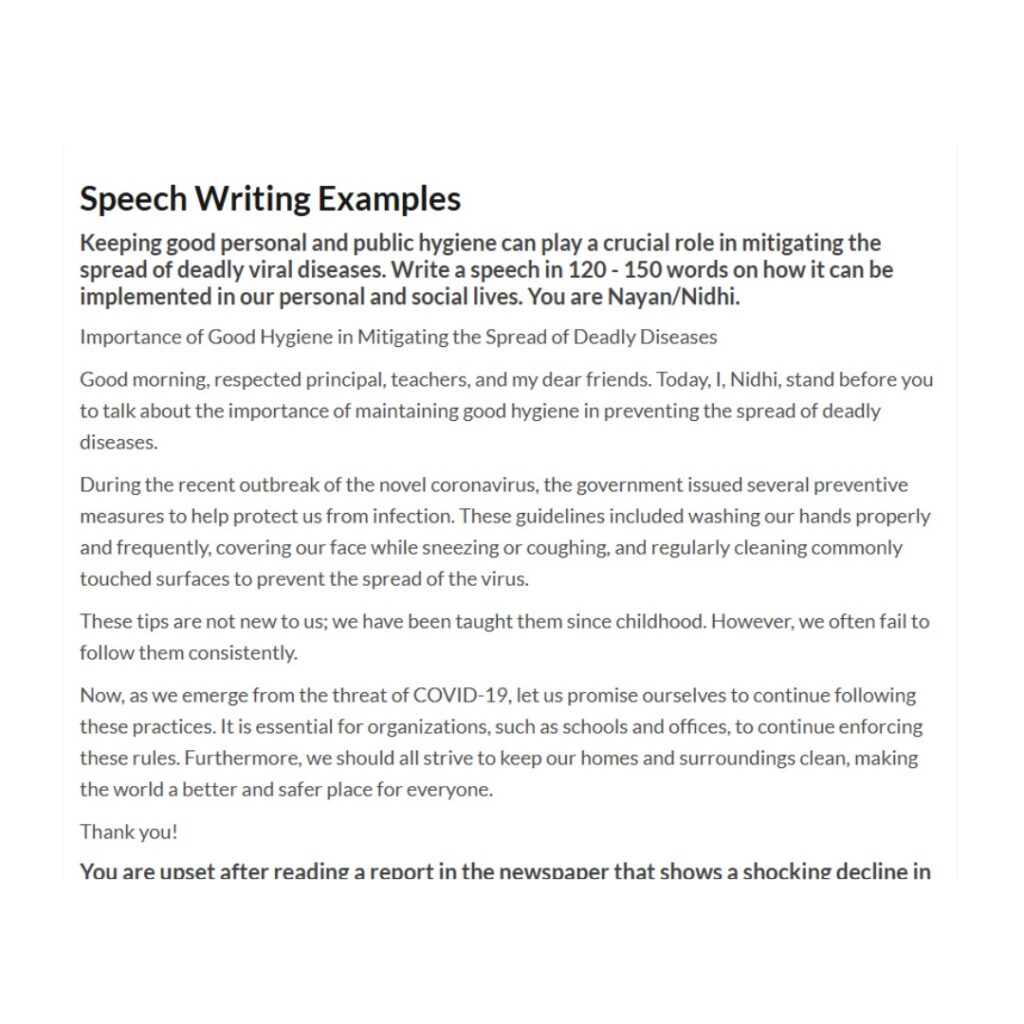
Tips:
- Read the speech aloud to ensure a natural flow.
- Use short sentences and pauses for emphasis.
- Connect with the audience through personal anecdotes or humor.
Also Read: Copywriting vs Content Writing: What’s the Difference?
Conclusion
Mastering different types of content writing is important for marketers, businesses, and writers. Each type has a specific goal. Blogs teach, social media posts connect, emails build relationships, and UX writing makes websites easy to use. Whether you write case studies, product descriptions, or press releases, good writing helps share ideas clearly.
To succeed, know your audience. Write for their needs. Good content is simple, interesting, and pushes readers to act. Use stories, facts, and strong words to make your writing powerful.
Learning these 20 types of content writing can boost your career and help your business grow. Keep improving your skills. Stay updated with new trends. Practice often. The right words can teach, motivate, and persuade. Make every piece of content matter!
FAQs
1. What are the most important types of content writing?
Some of the most useful types of content writing are blog writing, SEO writing, copywriting, social media writing, and email writing. These are common in marketing and help businesses connect with their audience. Technical writing, UX writing, and product descriptions are also important, especially for companies selling products or services.
2. How do I choose the right type of content writing?
It depends on what you want to achieve. If you want to get more website visitors, focus on SEO writing. If you need to promote a brand, go for social media writing. To sell a product, copywriting, and product descriptions work best. If you enjoy explaining complex things in a simple way, technical writing or user manuals could be a good fit.
3. What skills do I need for content writing?
You need to be good at research so you can find correct information. Clear and simple writing is important so readers understand your message. If you are writing for websites, knowing a little about SEO will help. Creativity is also useful, especially for copywriting and social media. Most importantly, you should be willing to learn and improve over time.
4. Is content writing a good career choice?
Yes, it is! Many businesses need content writers for blogs, social media, emails, and websites. If you are good at writing, you can work as a freelancer, join a company, or even start your own blog. The best part is that you can work from anywhere. As long as businesses need online content, there will always be jobs for content writers.
5. How can I improve my content writing skills?
The best way to improve is to write every day. Start a blog or write short posts on social media. Read good content to learn new ideas and styles. Take online courses to learn about SEO and digital marketing. Always check your writing for mistakes before publishing. If possible, ask someone to give you feedback. The more you practice, the better you will get.

